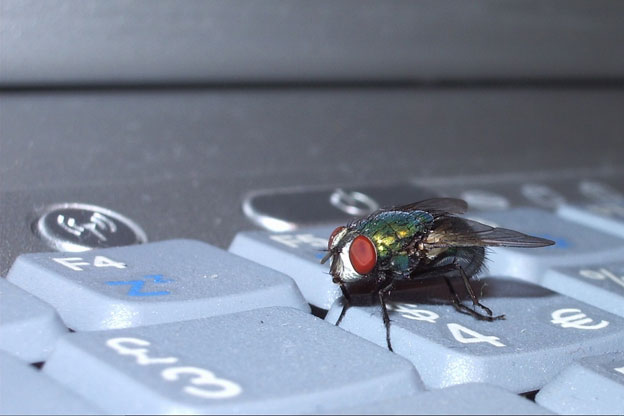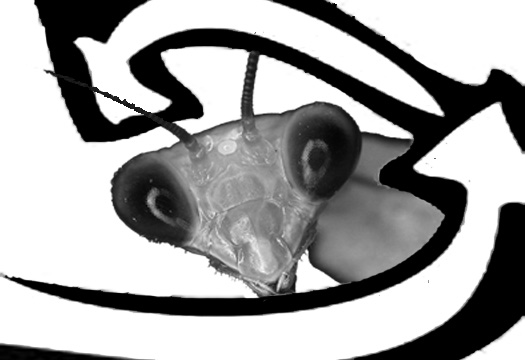According to a recent disturbing report published by the U.S. Bureau of Labor Statistics, Earth’s population of roughly 1 quintillion bugs has become an underrepresented demographic in the fields of technology and computer science.
“We consider it to be a problem of retention, not recruitment,” one gypsy moth activist explained.
“We see a ton of bugs at the beginning of introductory CS classes across America, but far fewer bugs by the end of those same courses.
”
This industry trend has been particularly evident at Stanford, where high-caliber CS students use their cunning and ingenuity to systematically eliminate bugs from their programming classes.
“We have noticed a particular culture of discrimination at places like Stanford,” a recently unemployed woodlouse told our reporters through a translator.
“These institutions flaunt their diversity, but then have rooms like the LaIR where professors and TAs work hand-in-hand with undergraduates to come up with clever solutions for combatting bugs.
”
Stanford’s Residential Computer Consultant (RCC) program has only exacerbated the problem by bringing tech-savvy students into the dorms and fighting bugs in their own home.
“Bugs have their place in computer science just as humans do,” a horse fly said in an appeal to bipedal coders.
“You cannot expect to learn anything if there are no bugs involved in your programs.
Always code with bugs in mind, learn from us, and become a better programmer by working to solve our problems.”





